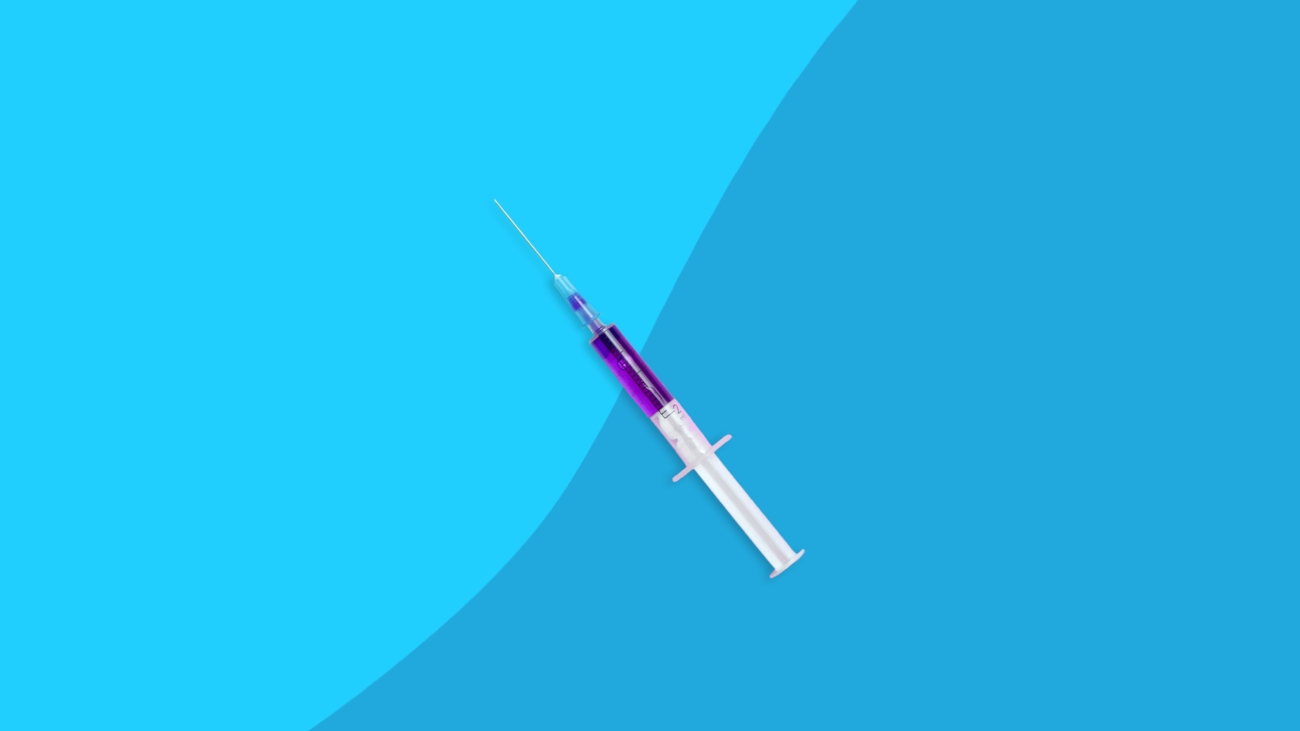When considering diabetes management options, one common question arises: Is Trulicity insulin? Trulicity, also known as dulaglutide, is a medication that helps manage type 2 diabetes. While it is not insulin, it plays a crucial role in controlling blood sugar levels. This article will provide an in-depth look at Trulicity, how it works, its benefits, and how it compares to insulin treatments.
What is Trulicity?
Trulicity is an injectable medication prescribed for adults with type 2 diabetes. It belongs to a class of drugs called GLP-1 receptor agonists. Unlike insulin, which directly lowers blood sugar levels, Trulicity works by mimicking the incretin hormones that your body produces naturally. This helps stimulate insulin secretion in response to food intake while also reducing the amount of glucose produced by the liver.
How Does Trulicity Work?
To answer the question, is Trulicity insulin?, it’s essential to understand its mechanism. Trulicity helps manage blood sugar levels through the following actions:
- Increases Insulin Secretion: Trulicity prompts the pancreas to release more insulin when blood sugar levels rise, especially after meals.
- Decreases Glucose Production: It inhibits the liver from producing excess glucose, which is crucial for maintaining balanced blood sugar levels.
- Delays Gastric Emptying: Trulicity slows the rate at which food leaves the stomach, leading to a more gradual rise in blood sugar after eating.
Benefits of Trulicity
Using Trulicity offers several advantages for those managing type 2 diabetes. Here are some key benefits:
1. Weight Management
One significant benefit of Trulicity is its potential to aid in weight loss. Unlike insulin, which can sometimes lead to weight gain, Trulicity may help patients lose weight by reducing appetite and caloric intake.
2. Cardiovascular Health
Trulicity has also been shown to have positive effects on cardiovascular health. Studies suggest that it may reduce the risk of major cardiovascular events in patients with type 2 diabetes who have existing heart disease.
3. Convenience
Trulicity is administered once a week via an injection, making it a convenient option for many patients. This is often easier to manage than daily insulin injections.

Trulicity vs. Insulin: Key Differences
To further clarify the question, is Trulicity insulin?, let’s examine how it compares to insulin therapies:
| Feature | Trulicity | Insulin |
|---|---|---|
| Type | GLP-1 receptor agonist | Hormone |
| Administration | Weekly injection | Daily/Multiple injections |
| Effect on Weight | May promote weight loss | Can lead to weight gain |
| Risk of Hypoglycemia | Lower risk | Higher risk |
| Cost | Generally lower | Varies |
As this table shows, Trulicity and insulin serve different roles in diabetes management, catering to the needs of individual patients.
Who Should Consider Trulicity?
Trulicity is typically recommended for adults diagnosed with type 2 diabetes who may be struggling to achieve their blood sugar goals with lifestyle changes alone. It is not suitable for people with type 1 diabetes or those with a history of severe gastrointestinal disease.
Possible Side Effects of Trulicity
Like any medication, Trulicity may cause side effects. Some common side effects include:
- Nausea
- Vomiting
- Diarrhea
- Abdominal pain
While these side effects can be bothersome, they often diminish over time. However, it’s crucial to monitor any adverse effects and consult with a healthcare provider.
How to Use Trulicity
Using Trulicity involves the following steps:
- Preparation: Gather your supplies, including the Trulicity pen, alcohol wipes, and a sharps disposal container.
- Injection Site: Choose a site on your abdomen, thigh, or upper arm. Clean the area with an alcohol wipe.
- Administer the Injection: Follow the instructions provided with the pen to administer the injection.
- Dispose Properly: Dispose of the needle in a sharps container.
By following these steps, you can ensure safe and effective administration of Trulicity.
Frequently Asked Questions (FAQs)
Is Trulicity insulin?
No, Trulicity is not insulin. It is a GLP-1 receptor agonist that helps lower blood sugar levels by enhancing insulin secretion and reducing glucose production.
Can Trulicity be used with insulin?
Yes, some patients may use Trulicity in conjunction with insulin for better blood sugar control. Always consult your healthcare provider for personalized advice.
How long does it take for Trulicity to start working?
Trulicity starts working within a few hours of administration, with its full effect typically observed within a few weeks of regular use.
Conclusion: Is Trulicity Insulin?
In conclusion, the answer to the question, is Trulicity insulin?, is a resounding no. Trulicity serves as a valuable tool in the management of type 2 diabetes, offering benefits that distinguish it from traditional insulin therapies. If you’re exploring options for diabetes management, Trulicity may be a suitable choice for you.

